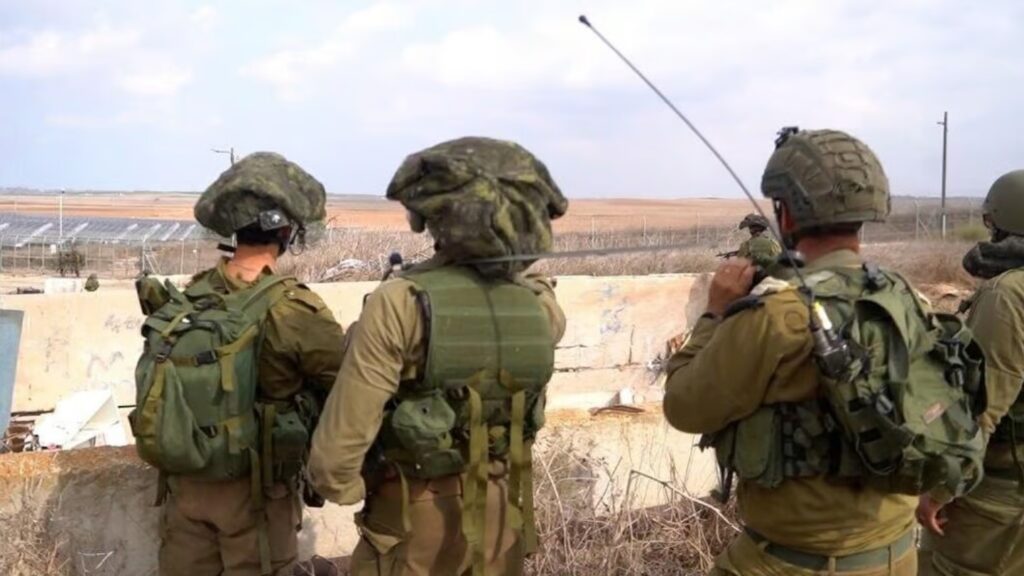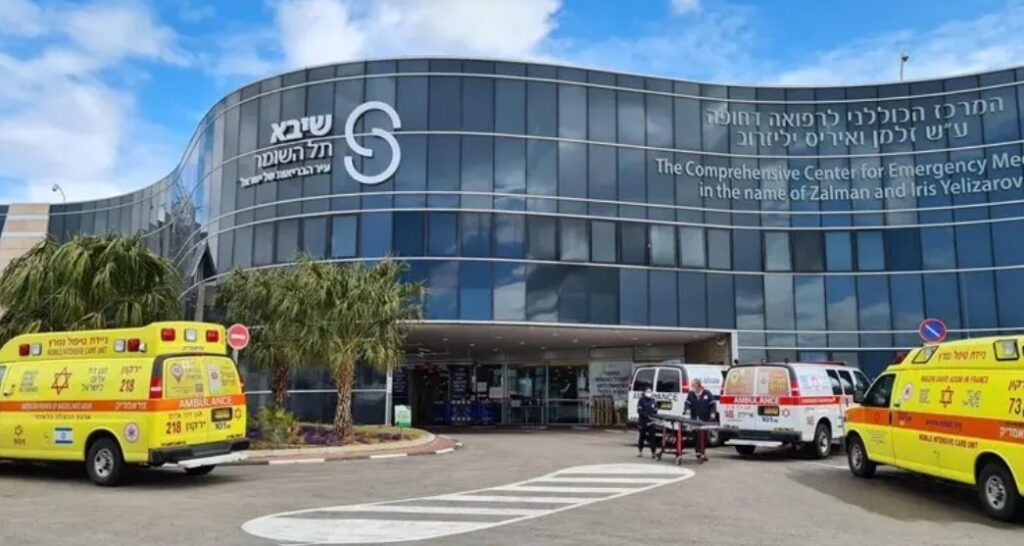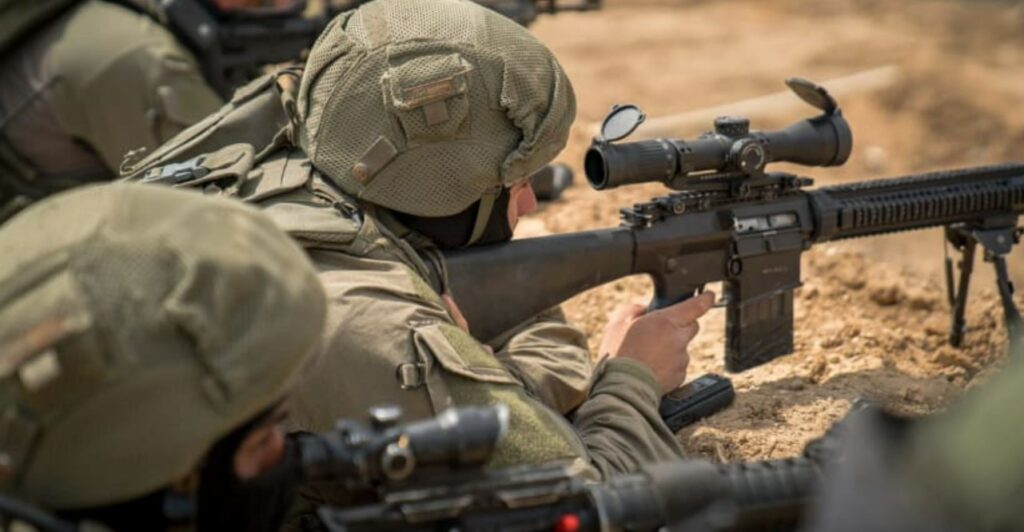As Israel’s war against Hamas in Gaza rages on, clinicians and healthcare professionals across the country have mobilized to help treat and rehabilitate the hundreds of soldiers wounded in the conflict.
Amid the innovative treatments offered by hospitals and rehabilitation institutions is a laser-based therapy that tackles chronic pain experienced by soldiers.
The use of the low-level laser that administers the treatment and the treatment itself is the work of Canadian-born Israeli specialist Dr. Ed Shane.
Shane works out of internationally ranked Sheba Medical Center, the largest hospital both in Israel and the entire Middle East, which at the end of October opened a new unit dedicated to rehabilitation for soldiers and civilians wounded in the war.
He tells NoCamels he had already been treating wounded veterans for chronic pain when war broke following the October 7 mass terror attack by Hamas.
Since then, he has extended his practice to treat soldiers for whom the current conflict has taken a physical toll – and not just from wounds sustained in battle.

“We’re also seeing [soldiers] coming back from the front who are experiencing pain in the back because they’re carrying very heavy loads,” Shane explains. “And they can’t just say ‘okay, I’m sorry, I have back pain. I can’t carry this.’ There’s a war going on.”
The laser system that Shane uses is a small hand-held device called “Handy Cure,” which is also available for use in the home. Shane, however, couples the laser treatment with acupuncture and other therapies for a more holistic approach.
“I’m getting very good feedback that these treatments are helpful,” he says.
“When we use it, there is a reduction in pain and a feeling of better mobility, less tension.”
In fact, he says, many patients say they experience an immediate improvement – sometimes reporting an improvement up to 80 percent.

The concept of using lasers for chronic pain was first developed some 20 years ago in Russia to treat cosmonauts, after no other solution was found to work.
Sign up for our free weekly newsletter
SubscribeThe laser treatment has a series of effects on the chemical functions inside the body, Shane explains. It stimulates mitochondria, the “power cells” that create energy in the body. This in turn causes a release of adenosine triphosphate (ATP), a molecule that provides energy for cell functions such as muscle contraction.
Furthermore, according to Shane, the treatment also activates the stem cells in the body, which he explains is very important for repairing damage.
“The benefits are pain relief, tissue repair, anti-inflammatory effects [and] some neurological regeneration,” he explains.
He says that the treatment is reportedly “very good” for healing wounds, and says that he would like to explore this avenue as well.
Trained in the US and Canada, Shane has been using lasers for pain relief for decades, and after arriving in Israel almost nine years ago began working with this particular device at Sheba and in his own private practice.
The device itself is very straightforward to operate, with a simple setting to determine the depth of penetration of the laser into the muscle.

Shane advises his patients to consider purchasing the Handy Cure, which costs around $500, to keep up their treatments when they need extra relief.
“Then you have a piece of equipment in your hand where you can control the pain,” he says.
Furthermore, he adds, the device holds its charge well, is easy to sanitize and takes up little room.
Shane does not see a limit to the number of times that the treatment can be used. He recommends a daily session at the outset, to bring down the levels of pain. Once the patient experiences pain reduction, he says, the frequency of the treatment can also be reduced correspondingly.
“If it works for that person,” he says, “it’s the best thing that they could possibly have.”
Related posts

Editors’ & Readers’ Choice: 10 Favorite NoCamels Articles

Forward Facing: What Does The Future Hold For Israeli High-Tech?

Impact Innovation: Israeli Startups That Could Shape Our Future




Facebook comments